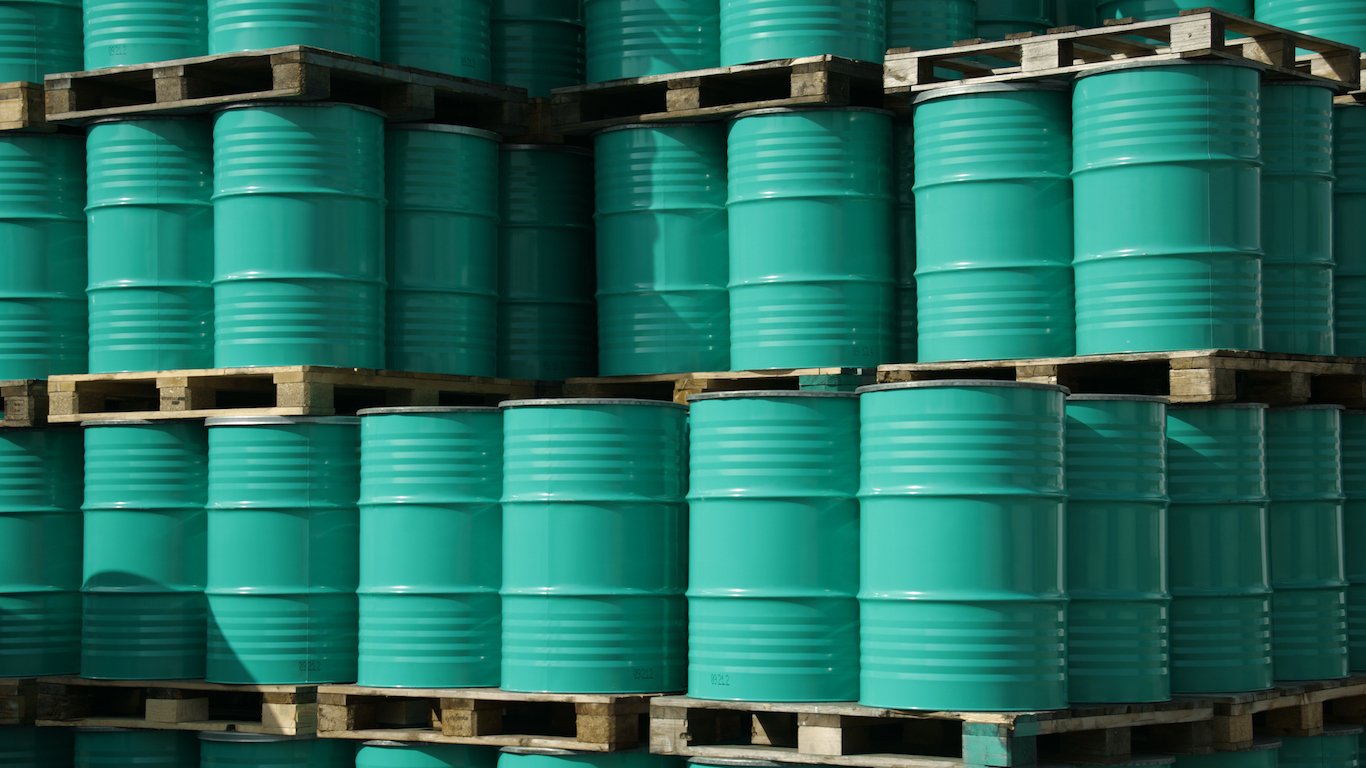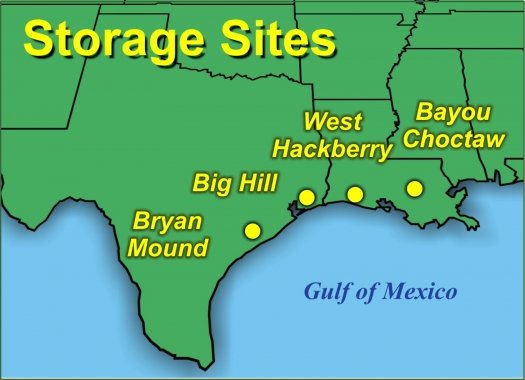

America’s Strategic Petroleum Reserve is the largest supply of emergency oil in the world. After drawing down several million barrels in two of the past four months, the amount has leveled off at 644.8 million barrels. That is enough for the facility to do its ongoing job of providing the United States with oil in the event of a long-term spike in prices, such as one that could be brought on by a major disruption of Saudi production due to drone attacks on its oil fields.
After the drawdown, the reserve has 250.3 million barrels of sweet crude and 394.5 million barrels of sour. Sweet crude is low in sulfur and is used primarily to be refined for gasoline. Sour crude has high amounts of sulfur, which adds to how much it needs to be refined and the length of time that takes. It also can be used to produce gasoline, but the price of that gas is much higher.
The most recent drawdowns were to exchange older oil held in the reserve for newer inventory. While that is an ongoing procedure done each governmental fiscal year, the quality of the oil is essential. The Atlantic hurricane season runs from June 1 to November 30. The reserve was tapped to provide crude after Hurricane Harvey in 2017 and Hurricane Isaac in 2012. In both cases, the drawdowns were replaced by private refiners who essentially “borrowed” supply. Hurricane Katrina in 2005 so severely damaged production that the drawdown needed to be replaced later. According to the U.S. Department of Energy, “The total U.S. response to Hurricane Katrina, considering both the emergency loans of 9.8 million barrels and the 11 million barrels of oil that was sold, was 20.8 million barrels.”
The last massive release of crude from the reserve was in 1991 during Desert Storm. Conflicts in the Middle East had disrupted the oil markets. That may happen again in the coming weeks if the situation in Saudi Arabia worsens.
The federal government’s interest in creating the reserve begun after the Arab Oil Embargo in 1973 to 1974, which pushed gas prices up sharply and threatened the U.S. economy. The first oil for the reserve was purchased in 1977. Today, the oil is stored in nearly 500 salt domes. Rock salt is impervious to liquid, gas and inert petroleum.
Beyond the Saudi oil field attacks, tensions in the Middle East have heightened recently as tankers have been seized in the Strait of Hormuz. Almost a quarter of the world’s crude passes through the narrow body of water. Also, political and social turmoil in Venezuela have cut production from a country that has among the largest proven oil reserves in the world. The Nigerian oil supply has been threatened by rebels. These are the 15 countries that control the world’s oil.
The average price of oil in the U.S. reserve is $29.70 a barrel. Brent crude traded near $70 a barrel after the attacks on Saudi Arabia. However, per-barrel prices have reached well above $100 in the past 11 years, and most economists believe that a prolonged period of very expensive oil could severely damage the U.S. economy. The price of gasoline, in particular, would be affected. An analysis of gas prices shows that they reached almost $3 a gallon a few months ago. The danger of that figure rising very sharply in an energy emergency is unlikely to a large extent because the United States has created a large buffer.

Take This Retirement Quiz To Get Matched With A Financial Advisor (Sponsored)
Take the quiz below to get matched with a financial advisor today.
Each advisor has been vetted by SmartAsset and is held to a fiduciary standard to act in your best interests.
Here’s how it works:
1. Answer SmartAsset advisor match quiz
2. Review your pre-screened matches at your leisure. Check out the
advisors’ profiles.
3. Speak with advisors at no cost to you. Have an introductory call on the phone or introduction in person and choose whom to work with in the future
Take the retirement quiz right here.
Thank you for reading! Have some feedback for us?
Contact the 24/7 Wall St. editorial team.


